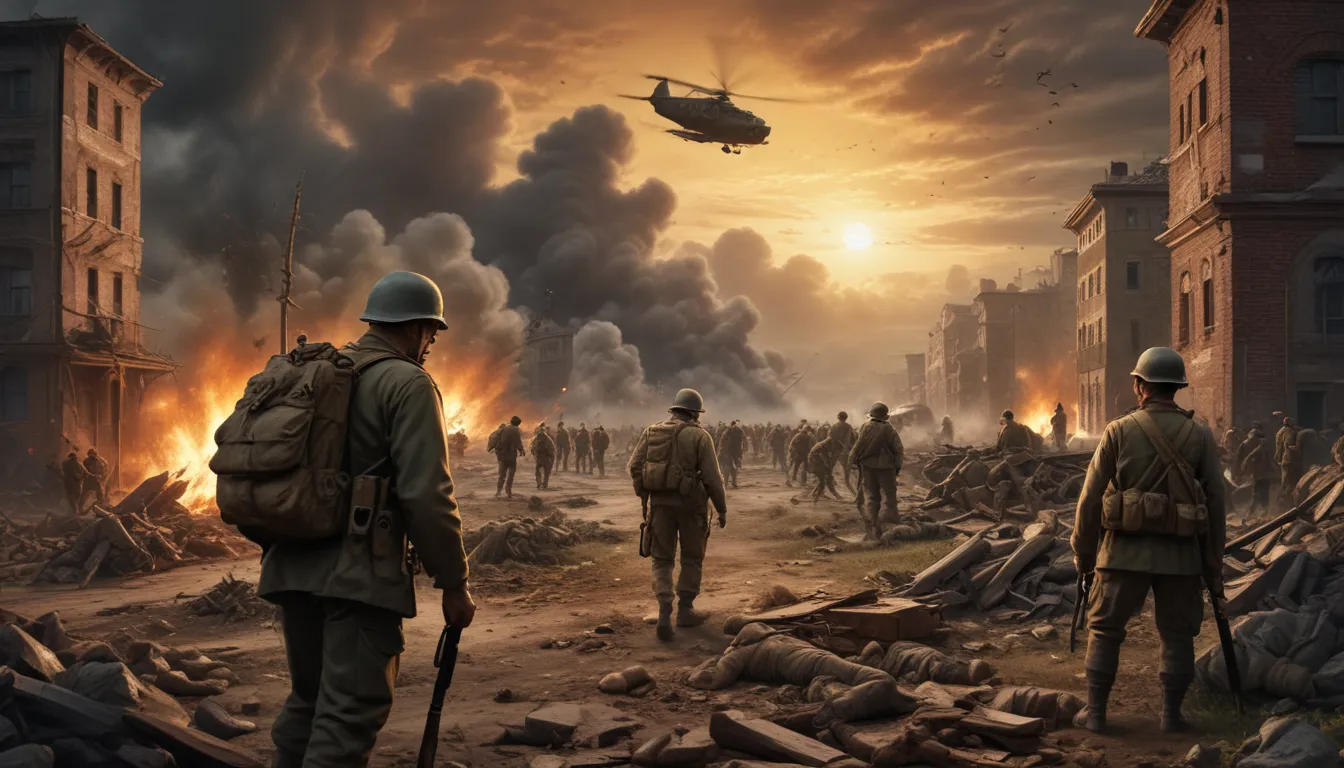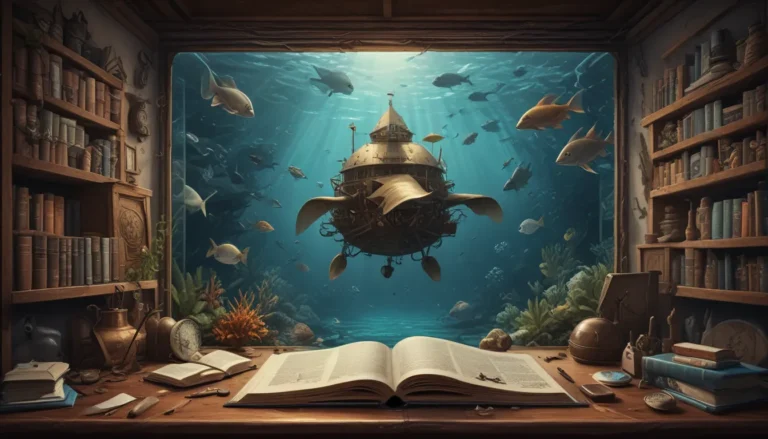The images in our articles may not match the content exactly. They are used to grab your attention, not to show the exact details in the text. The images complement the text but do not replace it.
World War II, one of the deadliest conflicts in human history, shaped the world in profound ways. Lasting from 1939 to 1945, the war left behind a legacy of destruction, resilience, and lessons that still resonate today. Let’s delve into the facts and events that defined this pivotal period in history.
The Roots of World War II in Europe
The seeds of World War II can be traced back to the aftermath of World War I. The harsh Treaty of Versailles imposed on Germany fueled resentment and provided fertile ground for the rise of fascism. Adolf Hitler’s ascent to power in Germany in the 1930s, Mussolini’s fascist regime in Italy, and Japan’s territorial ambitions in Asia set the stage for the global conflict that was to come.
In Europe, the invasion of Poland by Germany in 1939 marked the official beginning of the war. The conflict between the Axis Powers (Germany, Italy, Japan) and the Allied Powers (Britain, China, the Soviet Union, USA) would claim millions of lives and reshape the geopolitical landscape.
Military Campaigns and Battles of World War II
World War II saw a series of military campaigns and battles that shaped its outcome. From the Blitzkrieg tactics used by Germany to the Soviet Union’s decisive victories, each engagement played a crucial role in determining the course of the war.
-
The Invasion of France: Germany’s rapid invasion of France and the Low Countries in 1940 marked a turning point in the war. The Battle of Dunkirk, where Allied forces were evacuated against all odds, showcased both the resilience of the troops and the challenges they faced.
-
The Eastern Front: Germany’s invasion of the Soviet Union, Operation Barbarossa, tested the limits of the Wehrmacht’s power. The brutal Battle of Stalingrad, where the Soviets decisively defeated the Germans in a harsh winter, turned the tide against the Axis forces.
-
The Pacific Theater: Japan’s surprise attack on Pearl Harbor in 1941 brought the USA into the war. The ensuing battles in the Pacific, such as Midway and Leyte Gulf, saw the showdown between the US Navy and the Imperial Japanese Navy, with profound consequences.
Endgame and Surrender
As the war progressed, the Allies gained the upper hand, pushing back the Axis forces on all fronts. The D-Day invasion of Normandy in 1944 and the liberation of Paris marked significant milestones in the Allied advance.
In 1945, as Soviet forces closed in on Berlin and Allied troops liberated concentration camps, the full extent of the horrors of the war became clear. Hitler’s suicide in his bunker, the unconditional surrender of Germany, and the dropping of atomic bombs on Hiroshima and Nagasaki brought an end to the bloodshed.
Legacy and Lessons Learned
World War II’s impact extended far beyond the battlefield. It led to the formation of the United Nations, aimed at preventing future conflicts, and set the stage for the Cold War between the superpowers. The war’s devastating toll on human life and the atrocities committed underscored the importance of peace and global cooperation.
As we reflect on the facts and events of World War II, we honor the sacrifices made by millions and recognize the resilience and courage that emerged in the face of adversity. The lessons learned from this dark chapter in history remind us of the importance of unity, compassion, and the pursuit of peace in a world scarred by conflict.






